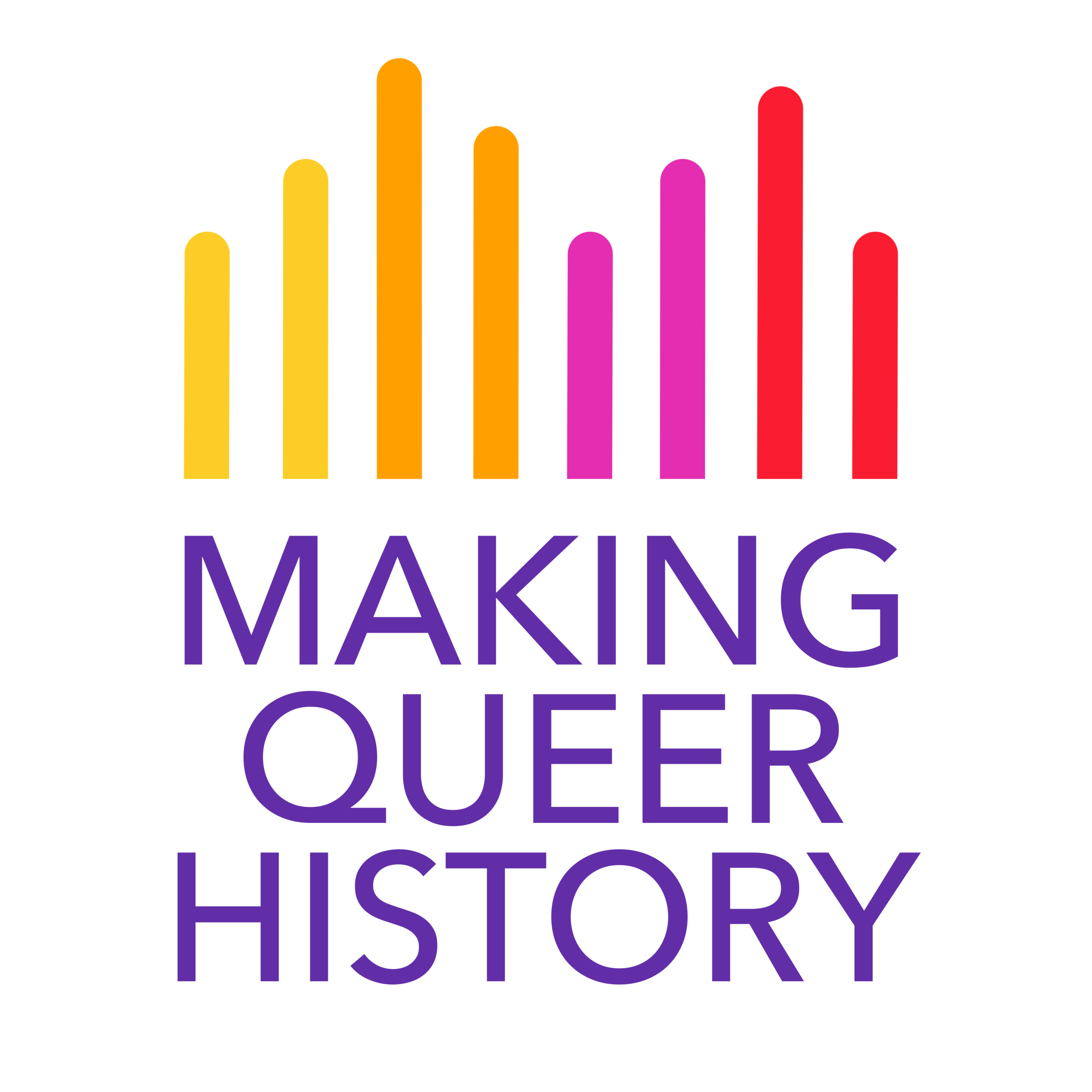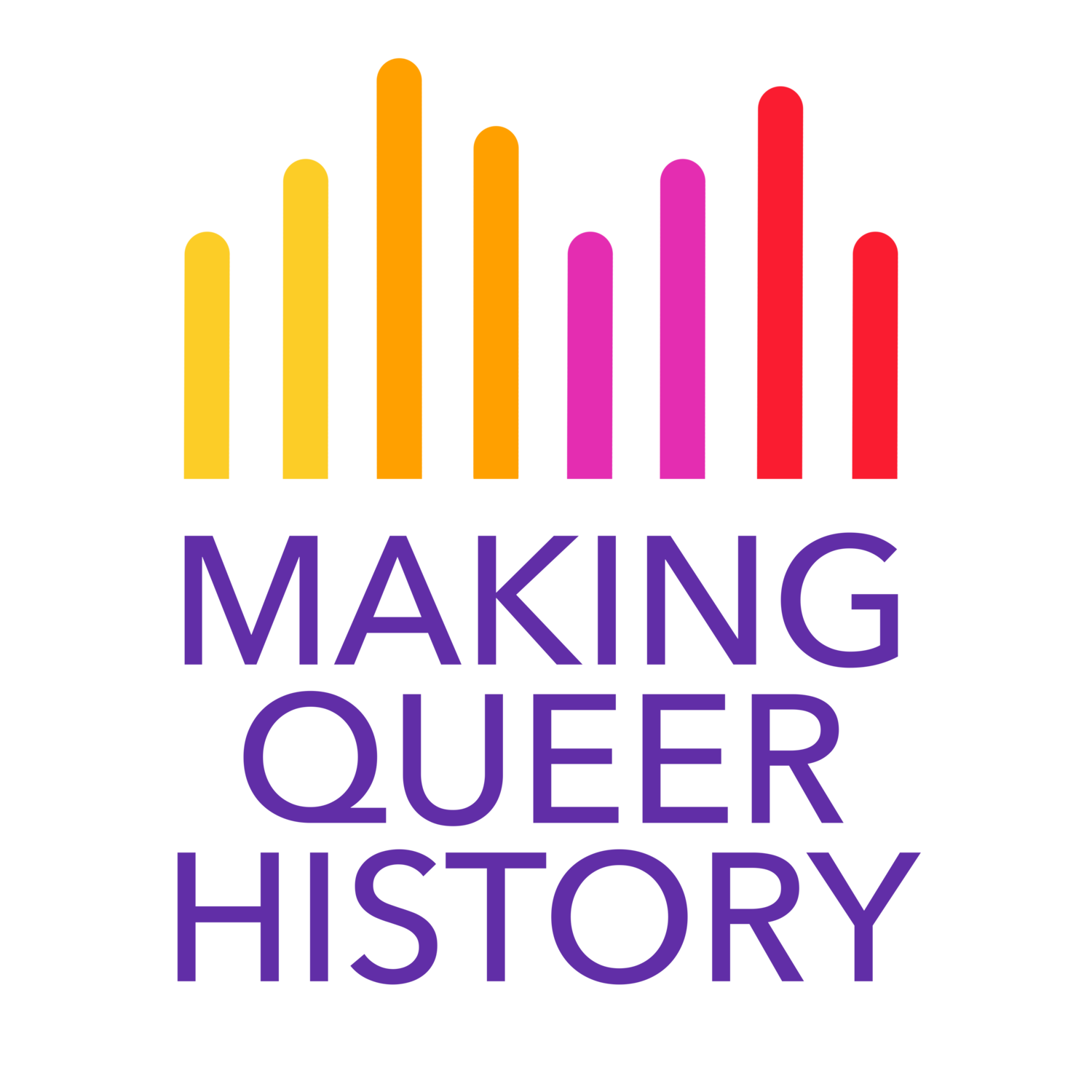To look at the story of Erick Martinez Avila it is important to first look at the history of Honduras. Similar to our discussion on Jamaica, Honduras is a country often overlooked in discussions of global queer rights because it has been written off. While the reasoning behind this oversight is often a completely justifiable case of empathy exhaustion, Honduras deserves our attention.
Making Queer History has a vague title because it has a rather vague purpose. We are not alone in our aim to tell the queer community’s history. What defines us is our focus not only on the past, but toward the future.


